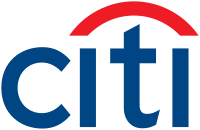
Guayaquil, officially Santiago de Guayaquil, is the largest city in Ecuador and also the nation's economic capital and main port. The city is the capital of Guayas Province and the seat of Guayaquil Canton. The city is located on the west bank of the Guayas River, which flows into the Pacific Ocean at the Gulf of Guayaquil.
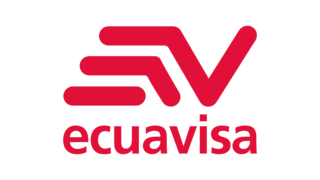
Ecuavisa is an Ecuadorian free-to-air television network that was launched on March 1, 1967 on Quito's channel 8 and Guayaquil's channel 2. It is one of the leading TV networks in the country. The channel has an international feed named Ecuavisa Internacional.
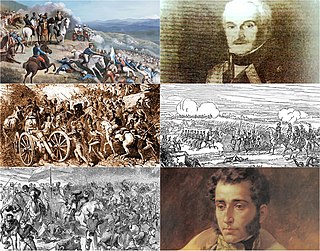
The Ecuadorian War of Independence, part of the Spanish American wars of independence of the early 19th century, was fought from 1809 to 1822 between Spain and several South American armies over control of the Real Audiencia of Quito, a Spanish colonial jurisdiction which later became the modern Republic of Ecuador. The war ended with the defeat of the Spanish forces at the Battle of Pichincha on May 24, 1822, which brought about the independence of all the lands of the Real Audiencia of Quito.

Alfredo Pareja Diezcanseco — born Alfredo Pareja y Díez Canseco — was a prominent Ecuadorian novelist, essayist, journalist, historian and diplomat. An innovator of the 20th-century Latin American novel, he was a founding member of the literary Grupo de Guayaquil, which brought a new emphasis to realistic novels.
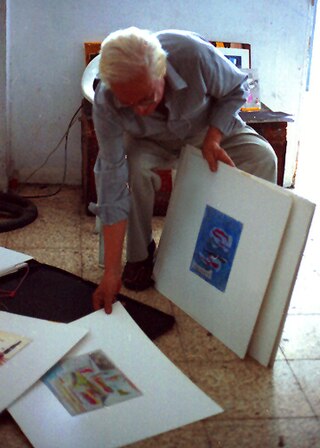
Luis Enrique Tábara was a master Ecuadorian painter and teacher representing a whole Hispanic pictorial and artistic culture.
Aníbal Villacís was a master painter from Ecuador who used raw earthen materials such as clay and natural pigments to paint on walls and doors throughout his city when he could not afford expensive artist materials. As a teenager, Villacís taught himself drawing and composition by studying and recreating the illustrated ad posters for bullfights in Quito. In 1952, Jose Maria Velasco Ibarra, former President of Ecuador, discovered Villacís and offered him a scholarship to study in Paris.
Xavier Blum Pinto is an Ecuadorian artist. From 1974 to 1976 he studied architecture at the Universidad Catolica Santiago de Guayaquil, in Ecuador. In 1981, obtained his MA in Fine Arts from the Universitė of Paris VIII, France.

The Real Audiencia of Quito was an administrative unit in the Spanish Empire which had political, military, and religious jurisdiction over territories that today include Ecuador, parts of northern Peru, parts of southern Colombia and parts of northern Brazil. It was created by Royal Decree on 29 August 1563 by Philip II of Spain in the city of Guadalajara. It ended in 1822 with the incorporation of the area into the Republic of Gran Colombia.
Banking in Ecuador has a long history. At the time of the dissolution of Gran Colombia and its formation as a republic, Ecuador's economy was generally not monetized; gold and silver coins were circulated, and were brought into common use by successive currency laws. Little by little, with the growth of the nation, Ecuadorian banking also grew and was particularly centered on the city of Guayaquil. After the Liberal Revolution came a period called the Banking Plutocracy that was dominated by private banking, especially by the Commercial and Agricultural Bank of Guayaquil. This period ended with the July Revolution of 1925.

Violeta Luna is an Ecuadorian poet, essayist, professor and literary critic.
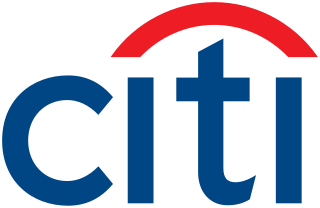
Citibank Argentina is a commercial bank and financial services company and a subsidiary of Citigroup. It currently provides institutional services. In 2016, its retail operations were sold to Banco Santander Río.

RedTeleSistema (RTS), is a private television station in Ecuador. The channel is owned by Albavisión. The channel is the oldest television station to operate in Ecuador since its inception; HCJB-TV signed on in Quito in 1959 but shut down in 1972.

Instituto Nacional Mejía is a public secondary educational institution of Quito. It was founded on June 1, 1897 by Eloy Alfaro Delgado, then president of Ecuador.
Avianca Ecuador S.A. is an airline based in Quito, Ecuador. It operates passenger and cargo flights within Ecuador, between the mainland and the Galápagos Islands, and between Ecuador and Colombia. It is one of the seven nationally branded airlines in the Avianca Group of Latin American airlines.

Rafael Díaz Ycaza was an Ecuadorian poet, novelist, short story writer, and columnist for the Ecuadorian newspaper El Universo.
Terrorism in Ecuador is a rare occurrence as the country, despite recurrent periods of economic and political instability, has been traditionally known as a peaceful state in Latin America, unlike its neighbor states; Peru and Colombia, which have suffered widespread violence by insurgent, paramilitary and drug trafficking organizations in different degrees for more than fifty years.
The 2020 Supercopa Ecuador was the first edition of the Supercopa Ecuador, Ecuador's football super cup. It was held on 1 February 2020 between 2019 Ecuadorian Serie A champions Delfín and 2019 Copa Ecuador champions LDU Quito, being the third final in a row played between both sides after the final series of both the league and the cup. It was also the first time VAR was implemented in Ecuadorian football.
The 2021 Supercopa Ecuador was the second edition of the Supercopa Ecuador, Ecuador's football super cup. It was originally scheduled to be held from 4 to 10 February 2021 in the cities of Guayaquil and Quito, with four teams participating. It would be the first edition of the competition to feature said number of teams, under a change of format.

The October 9 Revolution was a successful revolt against the Spanish Empire in Guayaquil on October 9, 1820. It was led by the General Antonio José de Sucre and directed by Simón Bolívar. The revolt established a revolutionary junta and created the Free Province of Guayaquil, an independent state. The independence of Guayaquil revived the war of independence of the Real Audiencia de Quito as part of the Spanish American wars of independence. Prominent events in the revolution include the uprising of the Spanish garrison in the city of Guayaquil and the control of the Pacific by the Liberating Expedition of Peru, under the command of José de San Martín.

Torre The Point is a skyscraper in Ecuador located in the city of Guayaquil. It is part of the Ciudad del Río complex. Its construction began in 2010 and the building was inaugurated in January of 2013. The Ecuadorian architect Christian Wiese was in charge of the construction of the tower, while Sergio Torassa, the executive president of Pronobis, was in charge of financing for the project.
